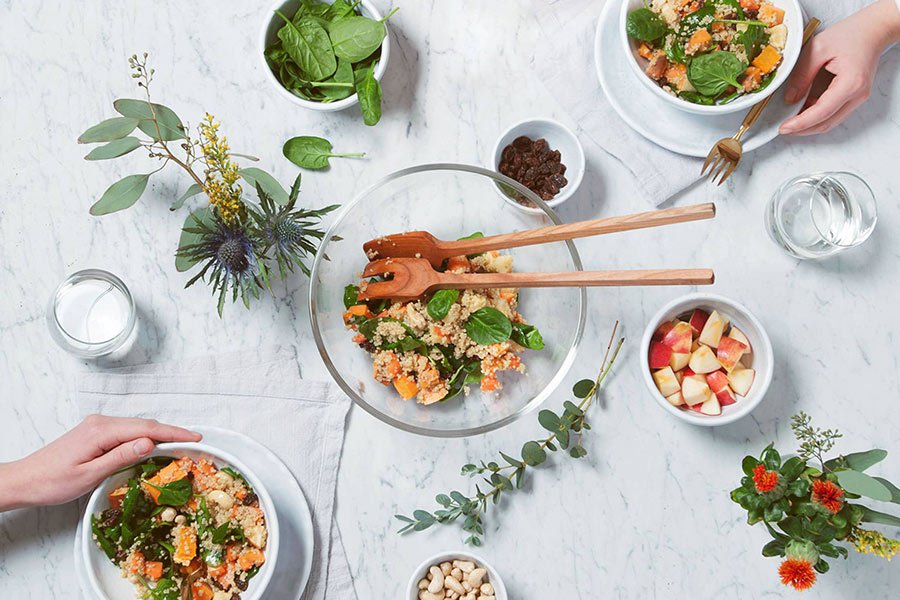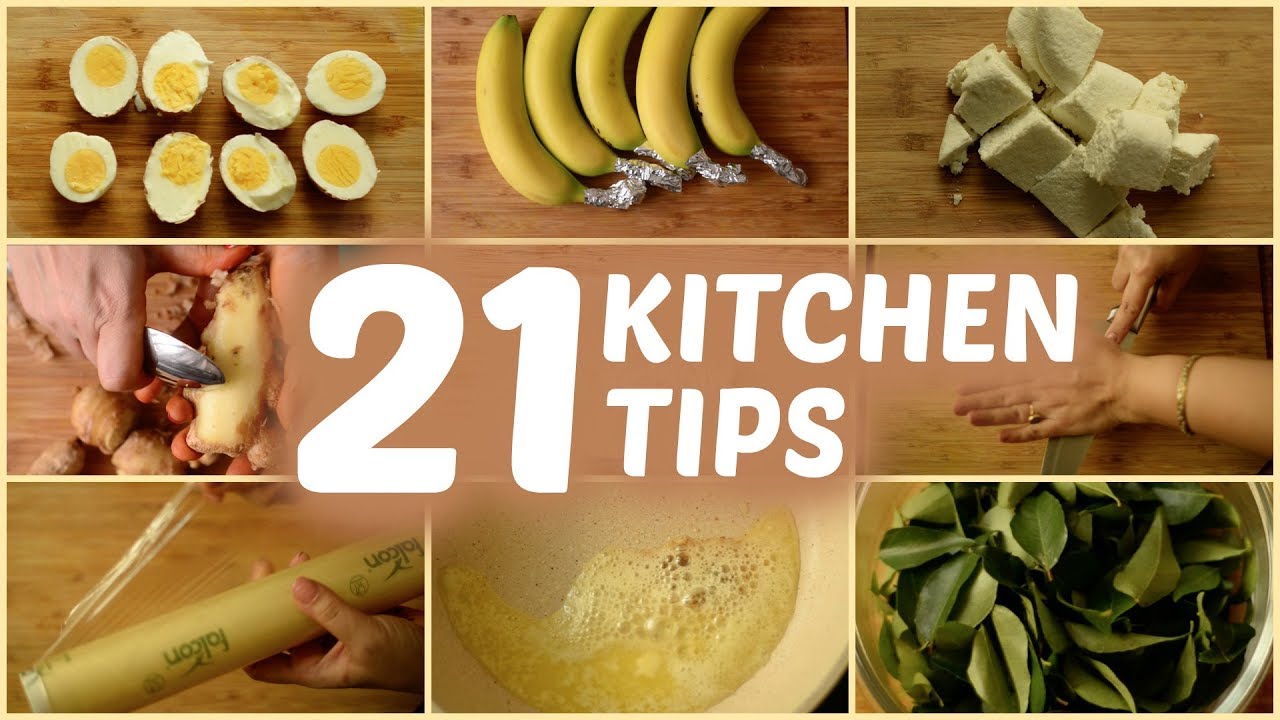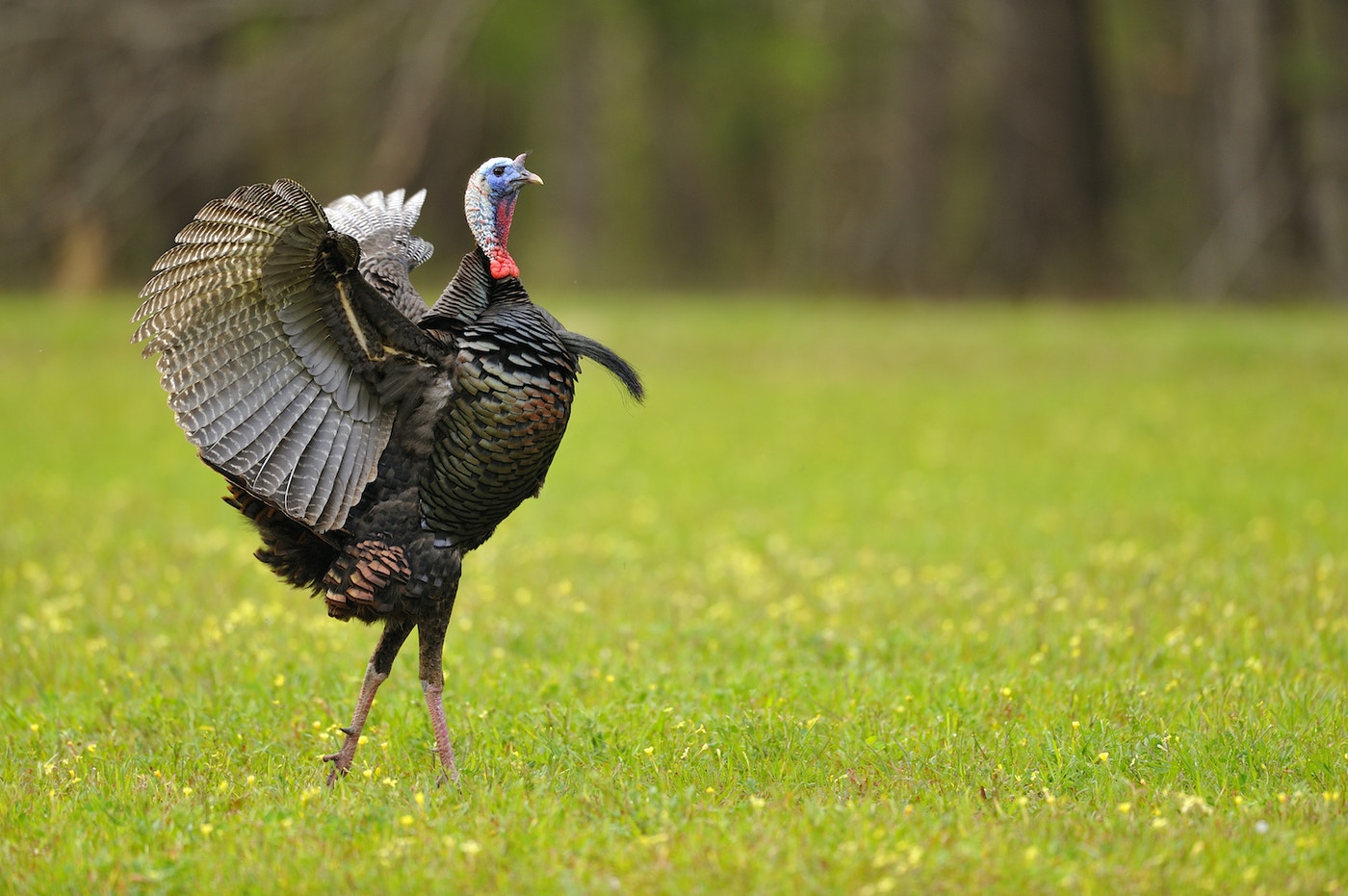
There are a number of important factors that will ensure that your kitchen is safe. Besides the usual safety precautions like avoiding extension cords, not buying appliances that are broken and turning pot handles inward, you should also be aware of the potential hazards in the kitchen. These could include electrical fires and choking hazards. Continue reading to find out more about safety in the kitchen. Here are some top tips:
Fire hazards
The kitchen is one area that can be dangerous in your home. Common kitchen hazards can lead to serious injuries. Some accidents are avoidable, but others can cause serious injuries. Most kitchen accidents can be avoided with some common precautions. It is important to seek medical attention immediately if you sustain any injuries in the kitchen. Even if your injury appears minor, you could have an internal injury that will not be apparent for days.
Electrical fires
Although electrical fires in kitchens are often unpredictable, these disasters can be prevented by following some basic safety measures. Do not overload an outlet with electricity and do not use water or other liquids near heat-generating devices. Avoid plugging appliances that contain liquids or water. It is important to avoid overloading outlets. This can lead to dangerous situations, and can even cause trip breaker.

Stoves
The number one cause of house fires is when something is left unattended on the kitchen stove. Sometimes people forget to check on their kitchen stoves while they're out and about or just for a quick break. It is important to ensure that you don't leave any items near the stove. You can also set a timer so that it doesn't take too long. You should also use potholders to catch any packaging that might fall on the stove.
Choking hazards
Choking in the kitchen can lead to many problems. Even small objects can cause choke-ups in children. Parents need to be careful about their children's safety. They should check behind sofa cushions and under furniture for any areas that a child might reach. To prevent choking hazards, parents must also be familiar with CPR and keep an emergency phone close by. Parents should childproof their kitchen cabinets and drawers to prevent any potential choking. Children should be supervised when eating, and foods should be cut into half-inch pieces.
Cross-contamination
Cross-contamination is a frequent problem in the kitchen. Equipment can transfer large amounts of potentially harmful bacteria to the food being produced. Cross-contamination can occur whether the machine is being used for cutting meat or to make glassware. A meat slicer was infected with listeria in 2008. Cross-contamination cannot always be avoided in all cases. There are still steps you can take to avoid cross-contamination in the kitchen.

Hand washing
Hand washing is an important aspect of food safety. It is the first line defense. Food safety requires employees to wash their hands frequently and often. It requires extensive training and proper installation of hand washing stations. Proper hand washing can significantly reduce cross-contamination and ensure a safer food production environment. Hand washing is essential for food processing plants' safety and health. This should be stressed in training and displayed prominently at the site. Hand washing will make the end product cleaner and more nutritious.
FAQ
How can leftovers be stored in the most efficient way?
Tupperware containers are great for storing leftovers. These containers keep foods fresh and prevent odors from forming. They can also keep food warm longer. Frozen leftovers can be kept in freezer bags. To prevent air from escaping, freeze food in a bag. After the food is frozen, place it in a sealed container like a ziplock bag.
What are the Qualifications to be a Chef
To be a chef you need a bachelor's level in culinary arts. A number of ACF tests will be required. You will be issued a certificate once you meet all the requirements.
How can I learn how to cook like a professional chef?
Cooking is one way to be a better cook. It is a great way for self-confidence to learn how to cook healthy food. If you want to be able to cook well, then start cooking at home. The first step is to find out what kind of recipes you like. Next, study books about different foods like Chinese, Mexican and Italian. Finally, make sure you practice different recipes until you feel confident.
Is there any difference between a chef or a cook.
A chef cooks for others. A cook prepares the food for oneself. While both jobs involve preparing food, a chef works directly with customers. This may mean that they might have to choose what to cook for guests depending on their preferences. A cook doesn't need to interact with clients. Instead, a cook makes sure the food tastes good before delivering it to customers.
How Much Does It Cost to Study Culinary Arts?
Prices for studying culinary arts vary widely. A four-year degree usually costs around $40,000. A two-year associate's level degree can cost less than $5,000. The type of program you choose will determine the tuition rates. Public institutions are more expensive than private institutions.
What skills do I need to get into culinary school?
A chef's job requires you to be able cook well under pressure and understand food safety regulations. Cooking classes can be taken at high schools and community colleges to learn the basics of cooking. Once you've learned basic techniques, you'll need to find a job working for a restaurant or catering company.
Statistics
- under 10 Kids have been taught that there is special food just for them, and Fiese says that 10 percent of kids will throw a tantrum if they don't get the food they want. (washingtonpost.com)
- In the United States, the category is estimated at $23.2 billion annually and is growing faster than the market. (washingtonpost.com)
- You'll be amazed that over 90% of CIA students receive scholarships and grants to finish their culinary studies. (ischoolconnect.com)
External Links
How To
How to be a chef
A career path for chefs is one of the most interesting careers you could choose. It requires a lot of knowledge and skills, making it difficult to find out what job would suit your interests best. However, if you want to start working immediately, there are many ways to get into this field. There are many options for you to work in restaurants, hotels, catering businesses, or take cooking classes. We have some helpful tips to help you make the right decision when choosing a career as a chef.
-
Learn how you can cook!
Cooking is something everyone should learn at least once in their life. You should learn to cook if you don't already know much about food. There are so many great recipes available online. They are also easy to follow. When learning new things, the most important thing to remember is not to rush. Take your time and enjoy every step of the process.
-
Do you want to become an expert chef? By doing this, you can develop your own style and learn valuable knowledge. Culinary schools offer classes in pastry making, baking, meat cutting and many other subjects. They often require students to continue classes for several years before they are able to graduate. But if you really want to become a chef, you should think twice before choosing any school.
-
Work in a restaurant
Working in a restaurant is probably the easiest way to enter the world of chefs. This is the best way to get practical experience before you decide to become a chef. Restaurants seek qualified staff, especially those with previous experience in the same field. Restaurant jobs are a great way to get a job as a chef.